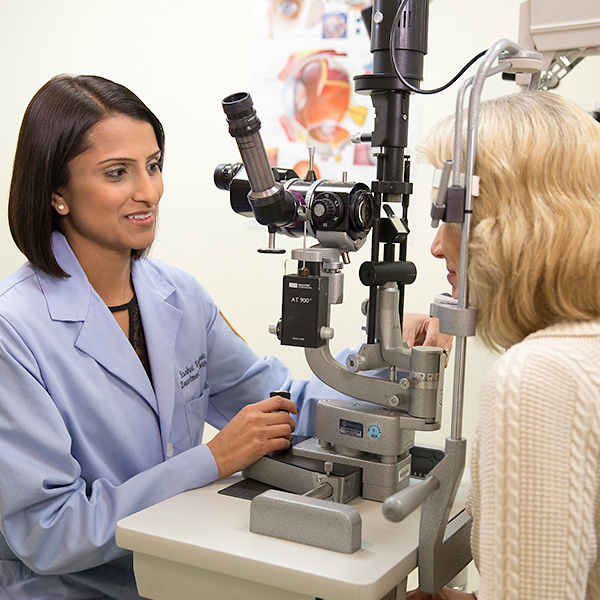Blepharoptosis (Redundant Eyelid Skin)
Overview and Facts about Blepharoptosis (Redundant Eyelid Skin)
Blepharoptosis is an ophthalmological condition in which the upper eyelid falls lower than it should. Normally, the upper eyelid covers about 1 to 2 millimeters of the cornea.
In a person with blepharoptosis, the eyelid blocks even more, contributing to vision loss. A person with this problem might have to manually lift their eyelid to achieve full vision.
Signs and Symptoms of Blepharoptosis (Redundant Eyelid Skin)
As ophthalmological conditions go, blepharoptosis is not very severe. The most common symptom is a loss of vision due to your upper eyelid drooping into your field of vision.
You may also feel as if your eyelid is heavier than normal. It can affect one or both eyes. Overall, your face might take on a tired appearance.
Causes and Risk Factors of Blepharoptosis (Redundant Eyelid Skin)
Aging is the number one cause of blepharoptosis. As your body ages, the muscles around your eyes weaken, causing your eyelids to droop and sag.
When a child is born with blepharoptosis, doctors refer to it as congenital ptosis. Children with this condition try to raise their eyebrows or tilt their heads to achieve better vision.
You can develop blepharoptosis if you receive an injury to your head or eye that damages the levator muscles, which hold up your eyelids.
Conditions that might lead to the formation of blepharoptosis include:
- Diabetes
- Nerve damage, such as from Horner’s syndrome
- Myasthenia gravis
- Lung cancer
Tests and Diagnosis of Blepharoptosis (Redundant Eyelid Skin)
Generally, your doctor can diagnose blepharoptosis with a clinical examination. They use a vision eye chart test to see how your droopy eyelids affect your vision.
Once they determine you have blepharoptosis, they might run a few more tests to find out the cause. These tests can include:
- X-rays, CT scans or MRIs of the eye and surrounding structures
- Blood tests to look for signs of diabetes or autoimmune problems
Treatment and Care for Blepharoptosis (Redundant Eyelid Skin)
The most effective way to cure blepharoptosis is surgery. There are several types of surgery your doctor might consider, including:
- Müller muscle-conjunctival resection, which is appropriate for patients with mild to moderate blepharoptosis
- Levator advancement or resection, for patients with good control of the levator muscles
- Frontalis slings, for patients with poor control of the levator muscles
While all of these surgeries are slightly different, they all work to correct the drooping of the eyelid and return your vision to normal.

Request an Appointment
Whether you are seeking routine eye care or have a specific vision issue, our team treats a wide range of eye diseases and conditions, including cataracts, glaucoma, macular degeneration and strabismus. Schedule an appointment today.
Schedule a Telehealth Appointment
